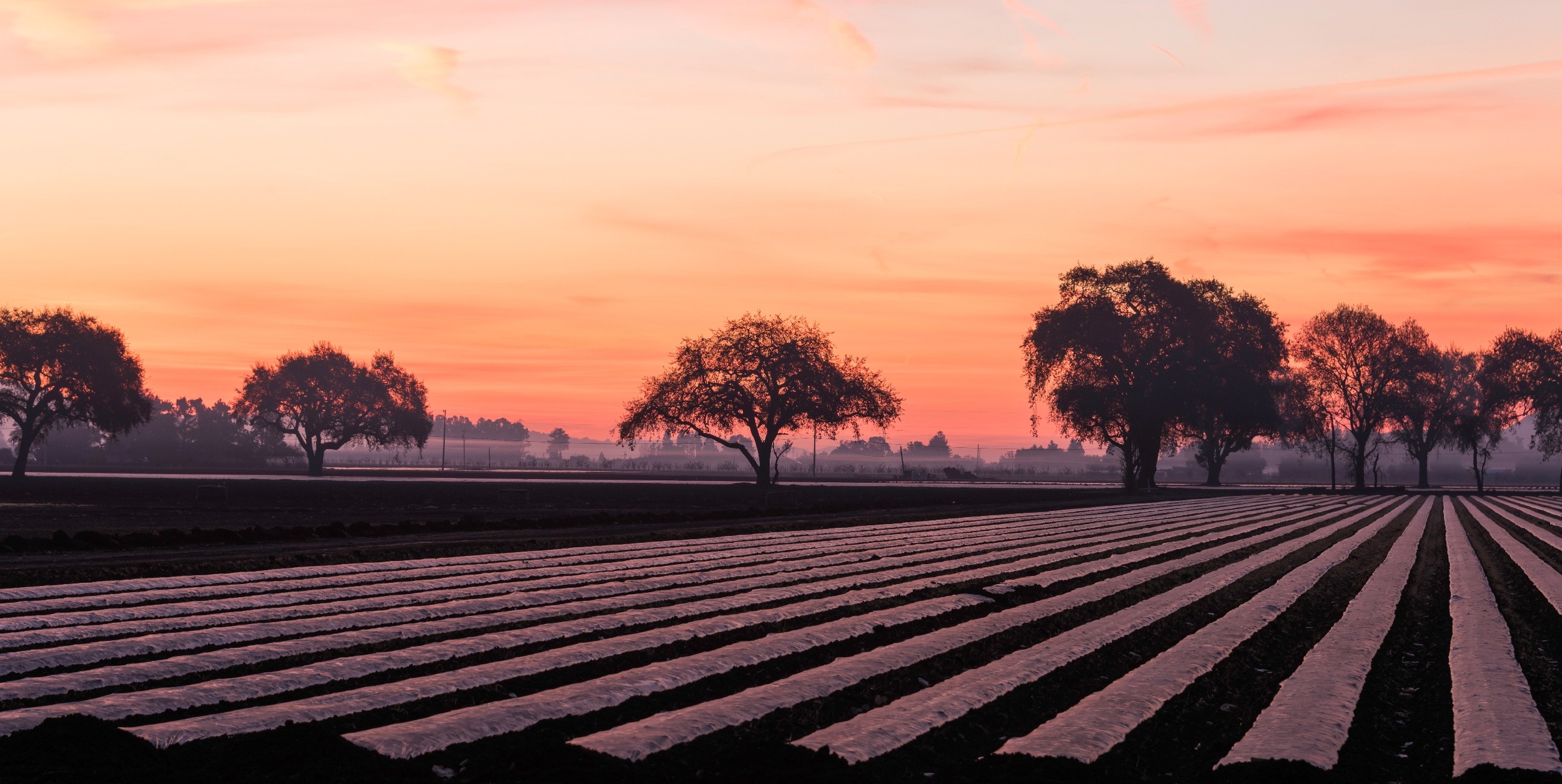Everyone needs food. But in many parts of the state, including here in our region, there is food scarcity. According to recent research from Second Harvest Food Bank, one in four people in Santa Clara County are at risk of hunger. With a changing climate, protecting the foundation of our food systems (farms and ranches) is imperative. In addition to protecting these operations and the lands they depend on, the Open Space Authority is exploring sustainable and responsive management practices that support local farmers and ranchers, promote the resilience of food production, increase soil health, and minimize the carbon footprint of agriculture in the region.
“Working in partnership with the County of Santa Clara and others, the Open Space Authority is proud to be working towards a sustainable agricultural future for our region -- for the benefit of our food insecure communities and climate resilience for all,” said Alex Kennett, Authority District 1 Director.
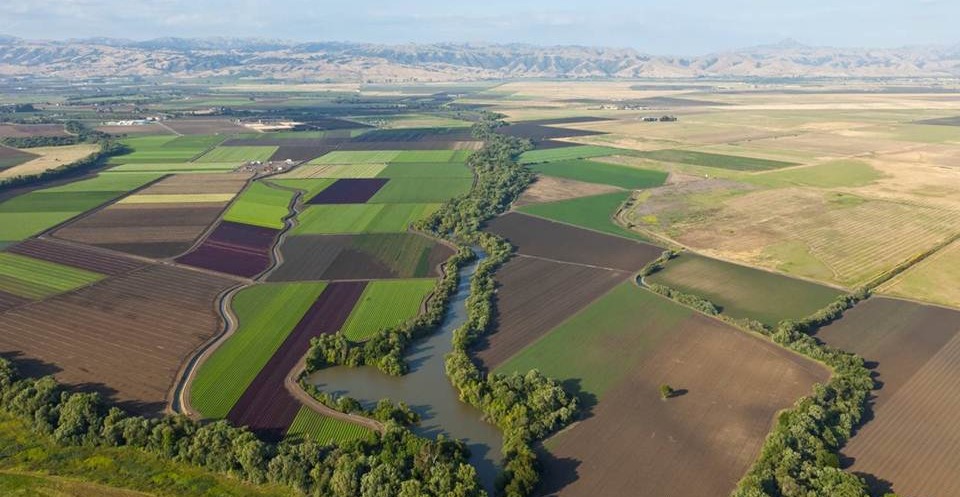
Keep reading to learn more about responsive agricultural management practices and how each type creates a more livable future for residents, farmers and ranchers, and local wildlife.
Regenerative Agriculture
Regenerative agriculture, a term coined in the late 20th century, uses agriculture to support the planet while growing food, rather than taking a purely extractive approach. The goal of regenerative agriculture is to minimize the impacts of climate change and increase resilience by rebuilding soil organic matter and promoting biodiversity. It goes beyond “reducing harm” to the land – it works to improve it. In 2023, this approach is more relevant than ever as the mass production of food continues, and as climate change progresses, with soil fertility and biodiversity in sharp decline. Soil produces 95% of the planet’s food, yet over 30% of it is degraded worldwide, lowering its ability to support us in future years. But while the situation is serious, it’s not too late to address.
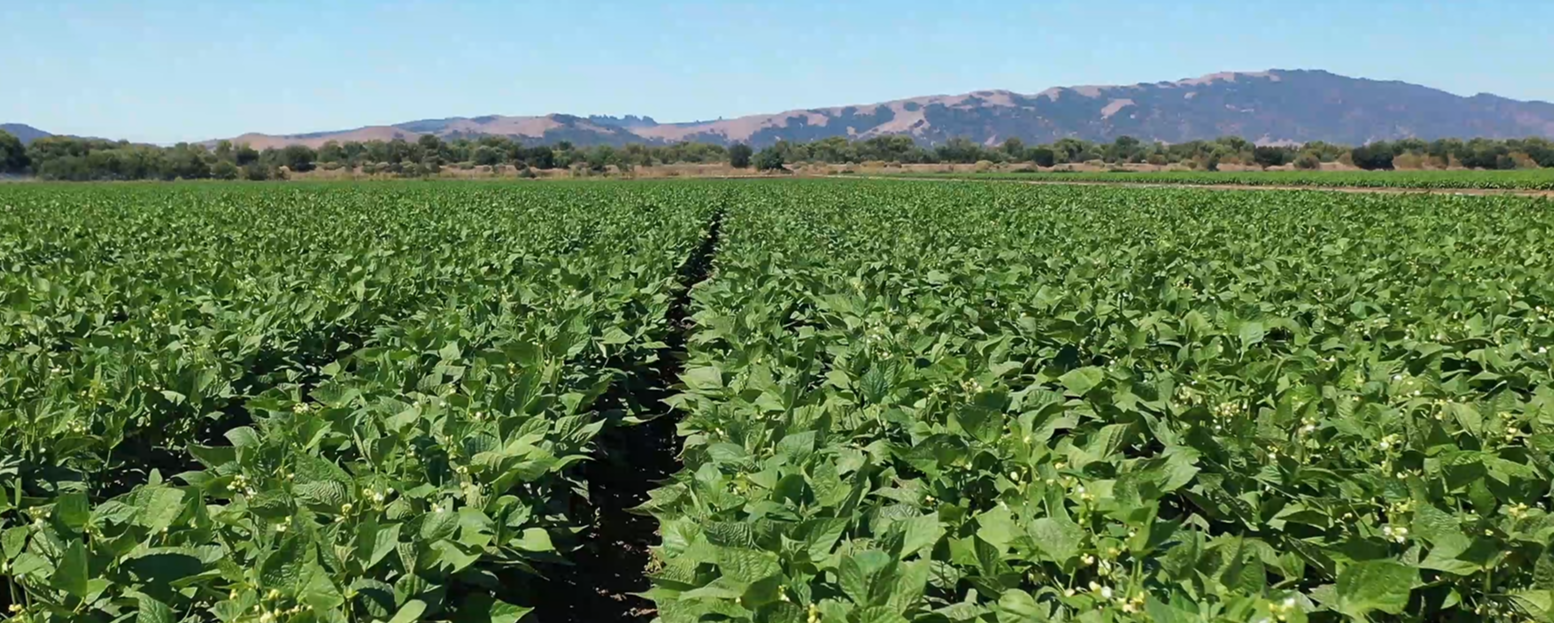
Regenerative agriculture creates sustainability and longevity for our local and global food supply and health by supporting the creation of healthy soils. There are a variety of methods farmers can use to do this successfully. For one, farmers can use low/no till farming to prevent excessive soil disruption that accelerates surface runoff and soil erosion. Farmers and ranchers can also use managed cattle grazing, plant cover cropping, increased plant diversity, application of compost, and much more.
Currently only about 1.5% of the United States' agriculturally viable land is farmed regeneratively, but major companies are pledging dedication to the practice, marking a major achievement for the future of agriculture. And locally, Frantoio Grove, the olive grove in San Martin protected by the Authority through a conservation easement in 2020, is using regenerative agriculture practices as well.
Cover Cropping
Cover cropping is the practice of planting a crop during the off-season -- not necessarily to harvest it, but rather to replenish the nutrients in the soil. Growing food requires nutrients like nitrogen, phosphorus, and potassium. These nutrients are present in soil in finite quantities, and growing seasons absorb large amounts of them, so it’s important they are replenished. Plants like legumes, grasses, and buckwheat are commonly used as cover crops -- they fix nitrogen to soil and support future crops.
Bare soil leads to erosion and reduces the biological activity of life in the soil that helps grow food, so keeping plants in the ground keeps soils healthy.
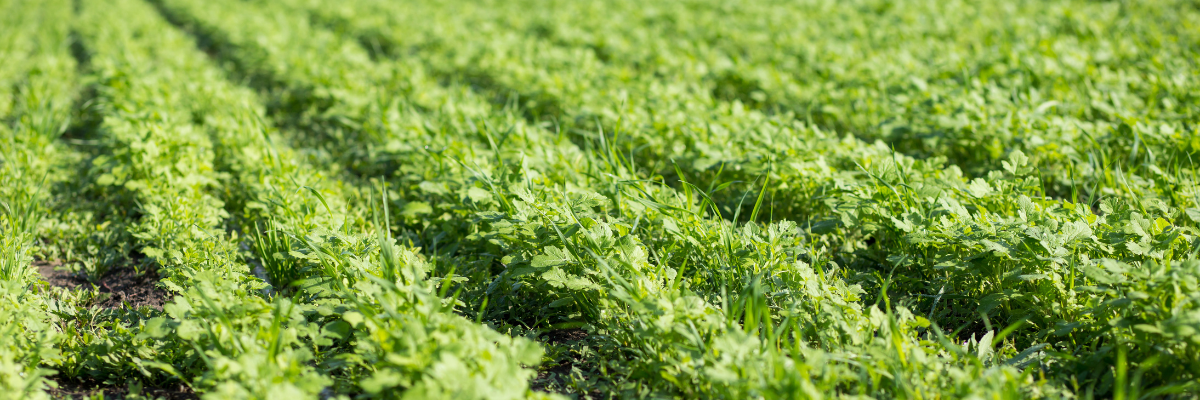
Spina Farms in Coyote Valley, known for their yearly pumpkin patch and corn maze, is currently in their cover cropping season. With a mix of different nutrient fixing plants currently on the ground, the farm’s land will be ready for the next round of crops in just a few short months.
Organic Agriculture
Organic agriculture is the practice of farming without the use of synthetic pesticides or fertilizers. When growing produce pests are unavoidable. Using chemical pesticides is a common way to control pests, and using fertilizer helps increase yield for better profits and decreases impacts from pests. However, these chemicals have a variety of negative impacts on the ecosystem and the crops’ consumers – both wildlife, and humans alike. Using organic agricultural practices is an effective approach to increasing food security and protecting human health and the health of our natural communities.
Fertilizers leech nutrients from soil on much larger scales, depleting topsoil nutrients, contributing to erosion and degradation. Further, these nutrients accumulate in the watershed, leading to eutrophication, or excessive presence of nutrients, in groundwater supply. This can lead to harmful algal blooms that threaten wildlife, disrupt ecosystems, reduce food supply, and lower drinking water quality. Organic farmers use biological fertilizers derived largely from compost and cover cropping.
Additionally, chemical pesticides can be toxic to humans – both farmworkers and consumers -- and wildlife. Organic agriculture uses ecologically based pest controls like companion planting, crop rotation, plant species selection, weeding, pruning, and much more.
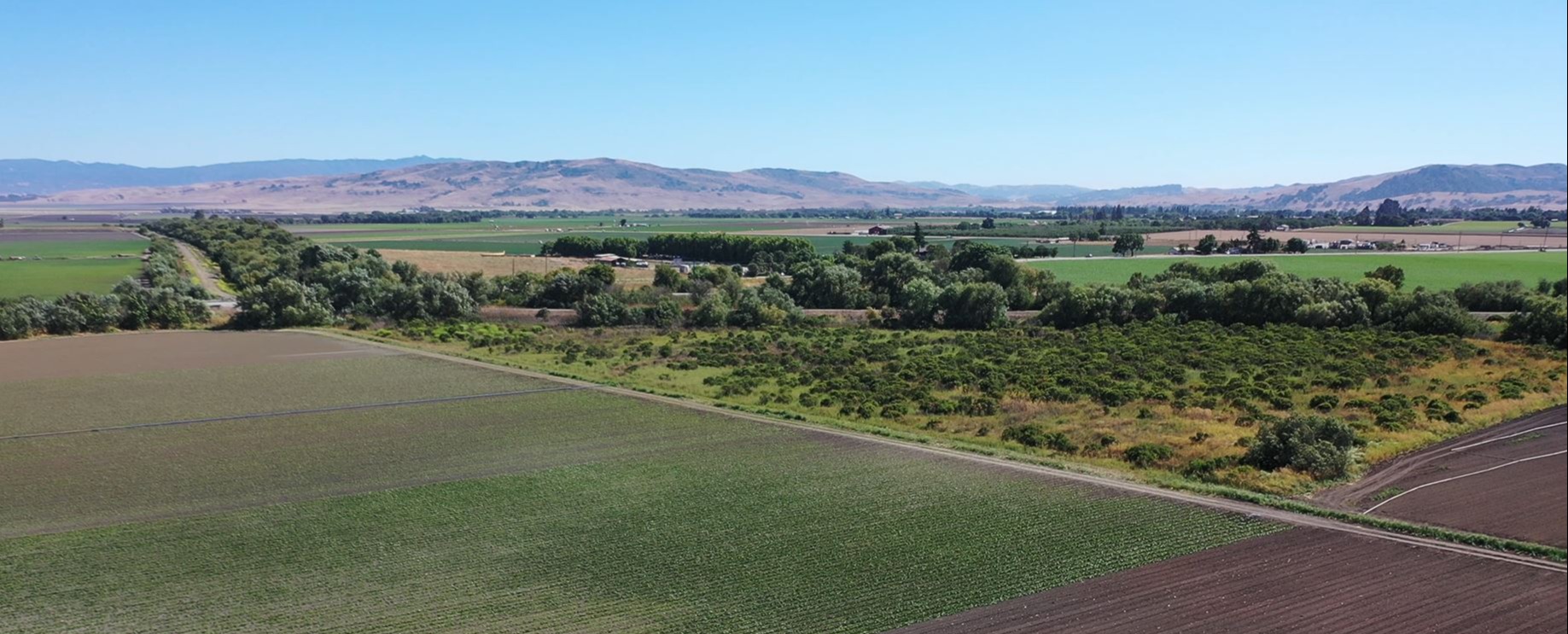
The Authority’s Pajaro River Agricultural Preserve exemplifies organic practices. This property – split into two parcels – was acquired by the Authority in 2014 and 2016 and features an organic farm on the South property and one well on its way to organic in the north. Luis Urias of UC Farms, uses natural disease and pest control measures and other ecologically friendly farming practices such as the dissemination of beneficial insects and hedgerows. In 2020, the Open Space Authority partnered with Pt. Blue Conservation Science to plant a native hedgerow on the north property, keeping the south property organic and supporting the health of the landscape as a whole.
Wildlife-Friendly Agriculture
Supporting wildlife-friendly agriculture supports biodiversity and the health of local ecosystems. Pajaro River Agricultural Preserve is, again, an excellent example of this. The native hedgerow project not only supports the organic farming initiative, but the native plants also support pollinators and healthy riparian habitat (habitat alongside a river), control soil erosion, and promote biodiversity in the ecosystem. Further, the healthy riparian tree canopy provides shelter for wildlife passing through, making Pajaro River a viable wildlife corridor for local species.

The success of the white-tailed kite along the Pajaro River exemplifies the feasibility and necessity of wildlife-friendly agriculture. This local raptor, once almost locally extinct, is now thriving at the preserve. The preserve features a healthy riparian corridor and hedgerow, making this agricultural operation an ideal habitat for animals like the white-tailed kite, which helps keep pests, like rodents, from overpopulating.
Responsive agriculture management is critical for the future of our food, and local farmers are leading the way. To learn more about agriculture at the Open Space Authority, check out the County’s Santa Clara Valley Agricultural Plan here.
